Not only can many vegetable plants survive after a frost, but they may even get better. There are several hardy vegetables whose flavor improves after a frost or two—really!
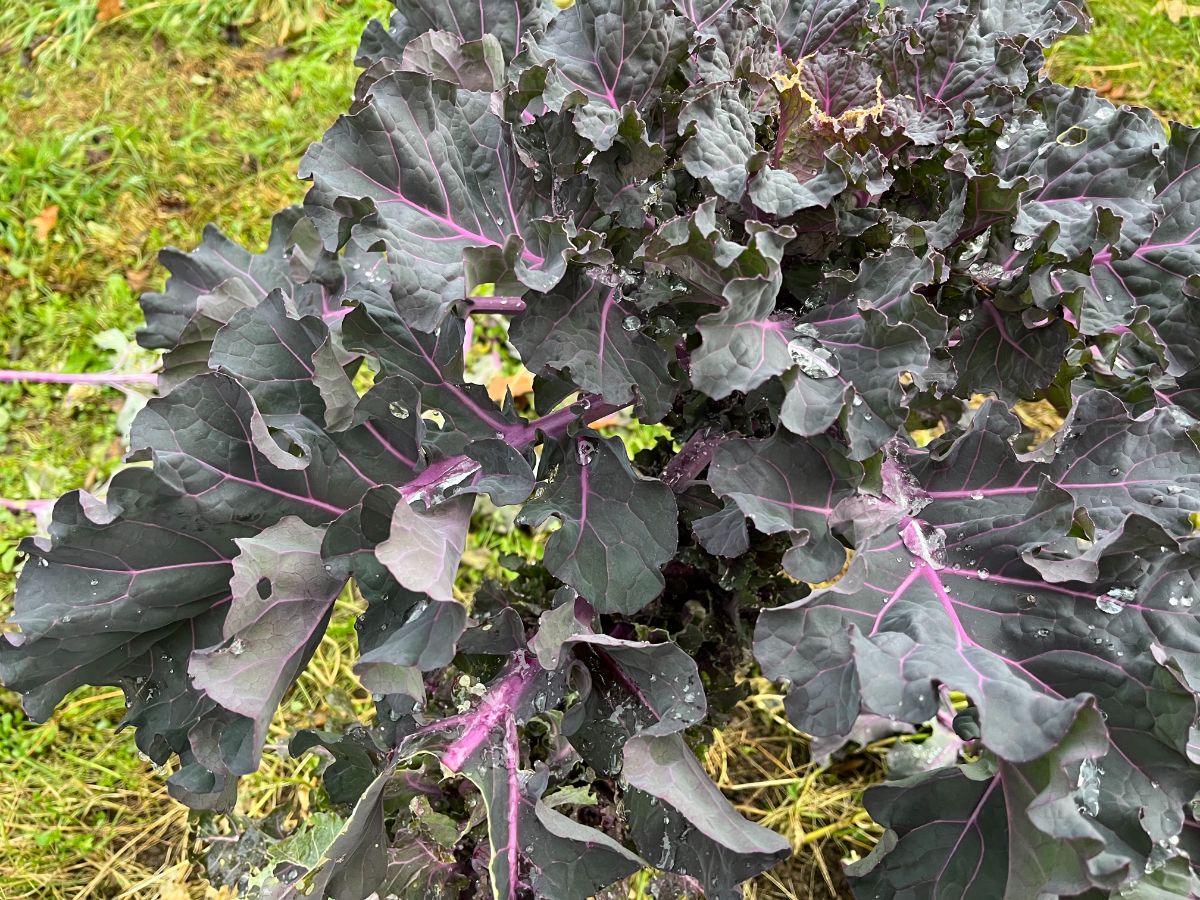
This can be good news for those of us gardeners who are running a bit behind or who won’t have the time to rescue a harvest when there’s a frost coming.
This is also good to know because if a frost does pop up in your forecast, you can concentrate your harvesting efforts on those tender vegetables that can’t survive.
Jump to:
Why Would Freezing Improve Vegetable Flavor?
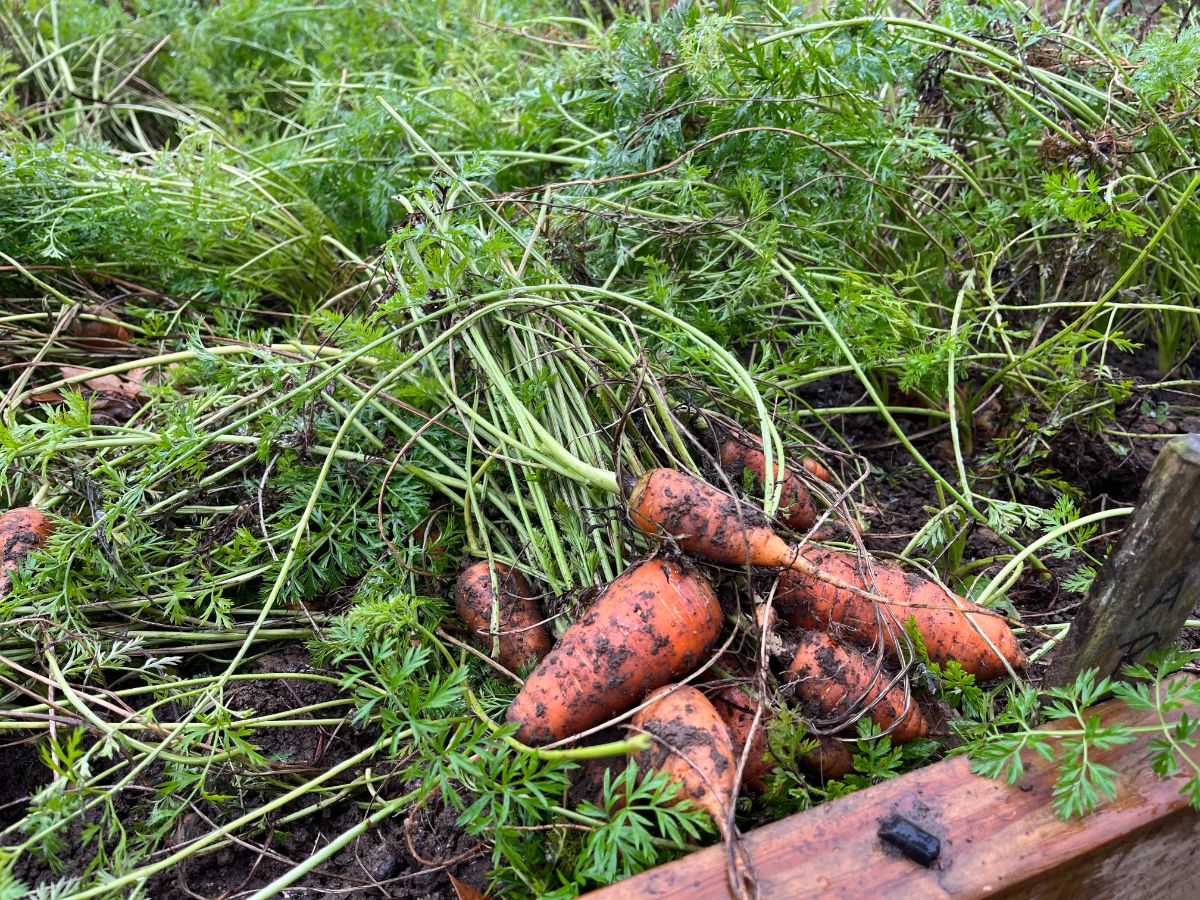
First of all, let’s point out that this isn’t true for all types of vegetables. It applies mostly to different kinds of root and cole crops.
For these vegetables, what happens is that the light freezing and frost causes the vegetables to become sweeter. There’s a real reason for this.
When a plant registers that it’s getting cold or it is affected by moderate freezing temperatures, it acts to protect itself. It does this by converting starches into sweet-tasting forms of sugar.
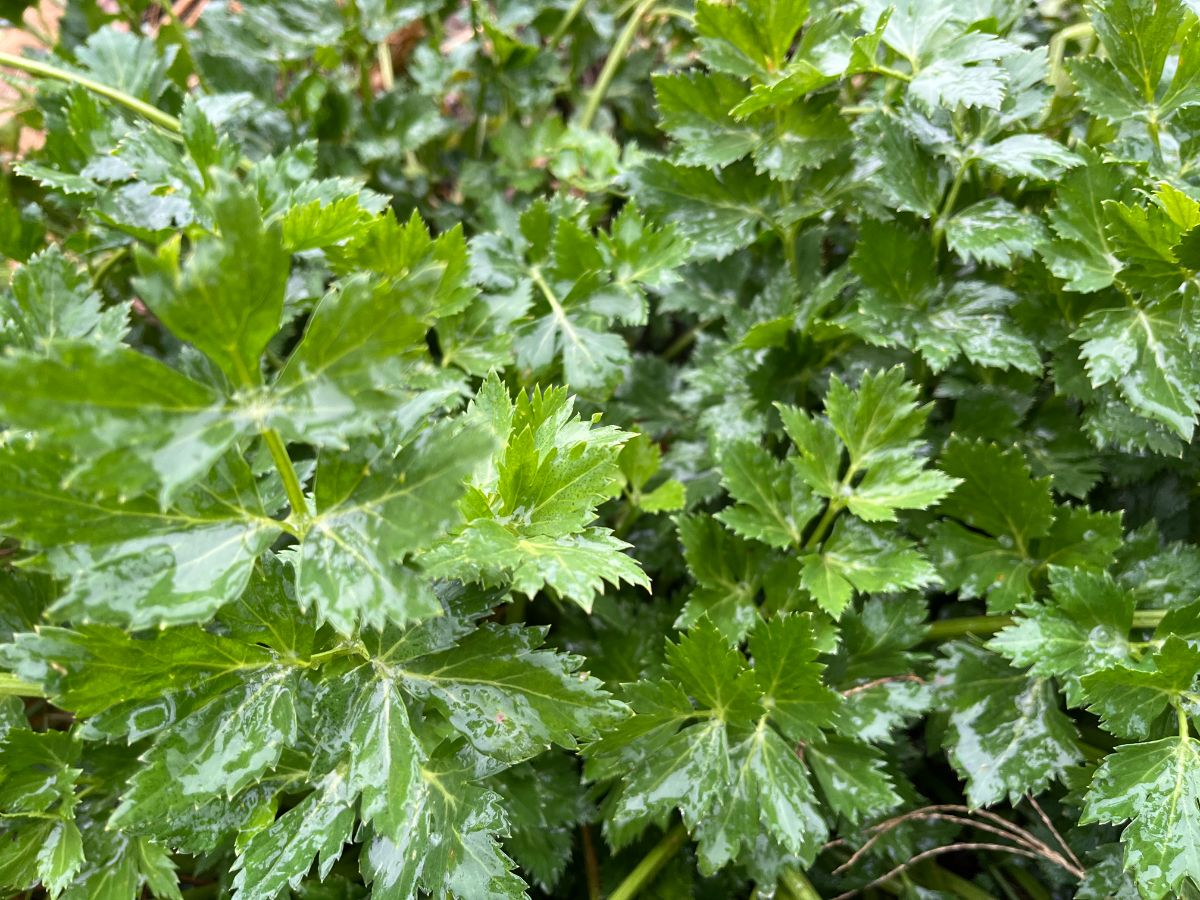
Sugar freezes at a lower temperature than water (you might have noticed this is you’ve ever frozen something like a juice or syrup with a high sugar content—especially if the temperature was not well below freezing). So, by increasing its sugar content, the plant can handle the cold, freezing temperatures better without freezing.
The “ingredients” to do this always existed in your vegetable, just in a different form (starch, which is a complex carbohydrate, or basically, a lot of sugar molecules bound together). When the sugars are bound together as starches, starch is flavorless, but when they separate, the taste is sweeter and, therefore, more flavorful.
So that plant’s natural cold defense becomes your tasty treat—sweeter, better-tasting vegetables!
Which Vegetables Get Sweeter and Taste Better After Frost

Most of the plants that can survive a frost or light freeze and that benefit from it are either root vegetables, leafy greens, or brassicas (related to cabbage, et cetera). To be more specific, here are 17 of the best and most common vegetables that taste better after they get frosted:
- Carrots
- Beets. If you’re one of those people who only like beets roasted because they’re sweeter, you may like them better after a frost when they’re sweeter. This may open up more avenues of preparation and enjoyment for you.
- Parsnips. Your grandmother would probably tell you to never pull or eat a parsnip before a frost. In fact, many would leave their parsnips in the ground all winter. They’d only pull them when they wanted some for a meal in the winter (if they could get them out of the frozen ground), or they’d wait until the ground was just thawed enough to pull the lot in the spring before the roots started sprouting and growing again. Parsnips are incredibly cold hardy and can survive down to at least zero degrees Fahrenheit (-17.7 C). With mulch or snow cover, probably even colder.
- Spinach
- Swiss Chard
- Brussels Sprouts (another that many would not consider picking until after frost)
- Broccoli
- Cabbage
- Kale
- Kalettes
- Collards
- Cauliflower
- Celeriac (which some people call celery root, but it’s not really the same thing as celery)
- Radishes
- Leeks
- Turnips and Rutabagas
- Horseradish (which the University of South Dakota and many other experts say should never be dug before a few hard freezes, 24 F [-4.44 C] or below).
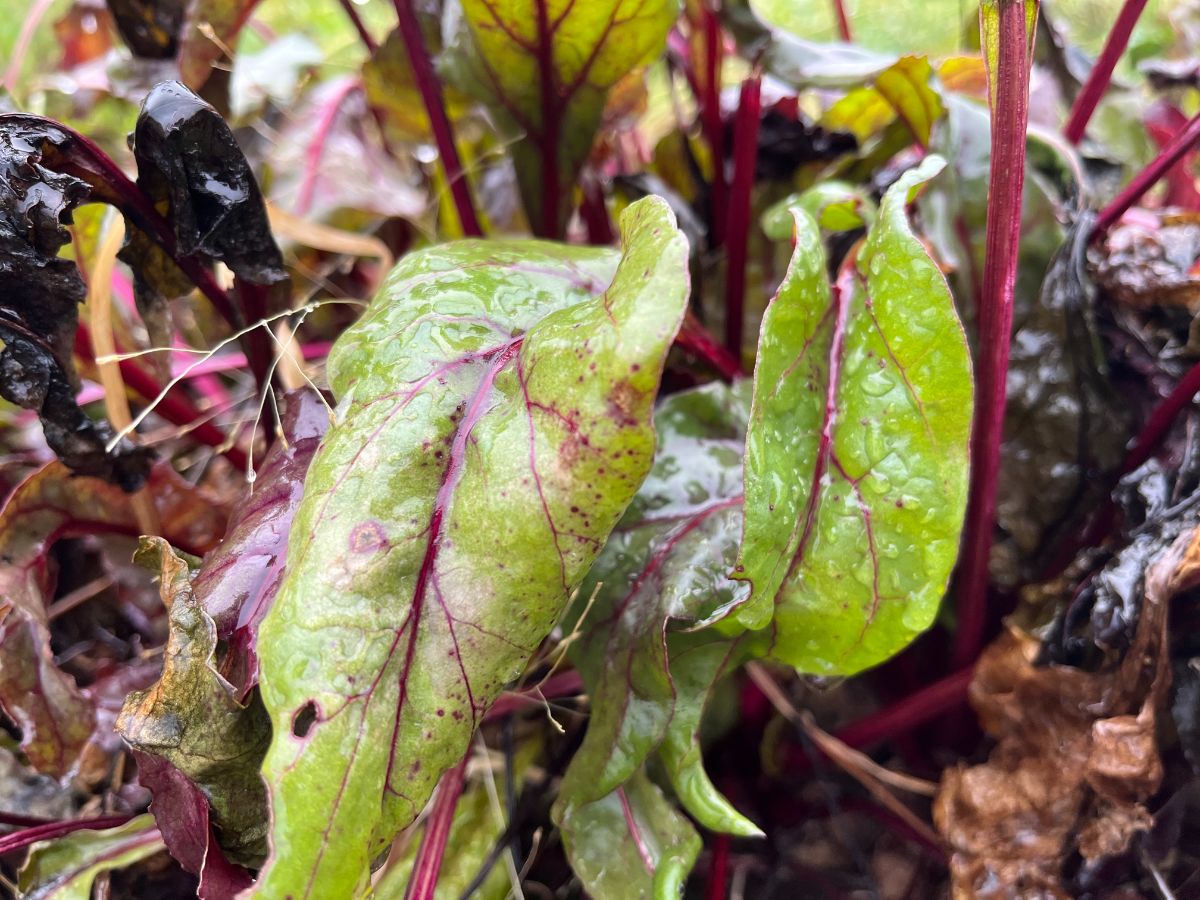
For root vegetables with green tops, don't worry if the tops themselves don’t survive the frost or freeze. The root is fine, and you can still dig and eat it. If the greens are still firm and upright, you can use those, too. (Green tops will often survive the first light frosts and may not die until after a harder freeze in the lower 20’s [in Fahrenheit or in the low single digits in Celsius].)
Bonus: Grapes!

This mostly applies to winemaking because once grapes freeze, the skins can crack, and the thawed grape may not look its best. When grapes freeze, their sugars become concentrated. Wine made from grapes that were frozen on the vine is called Ice Wine (or by its original German name, Eiswein).
So if you have grapes still on the vine and you get a frost or freeze, you might try your hand at making some homemade ice wine—which is basically the same traditional method of making wine, just made with grapes that froze!
Good to a Hard Freeze (And Maybe Longer)
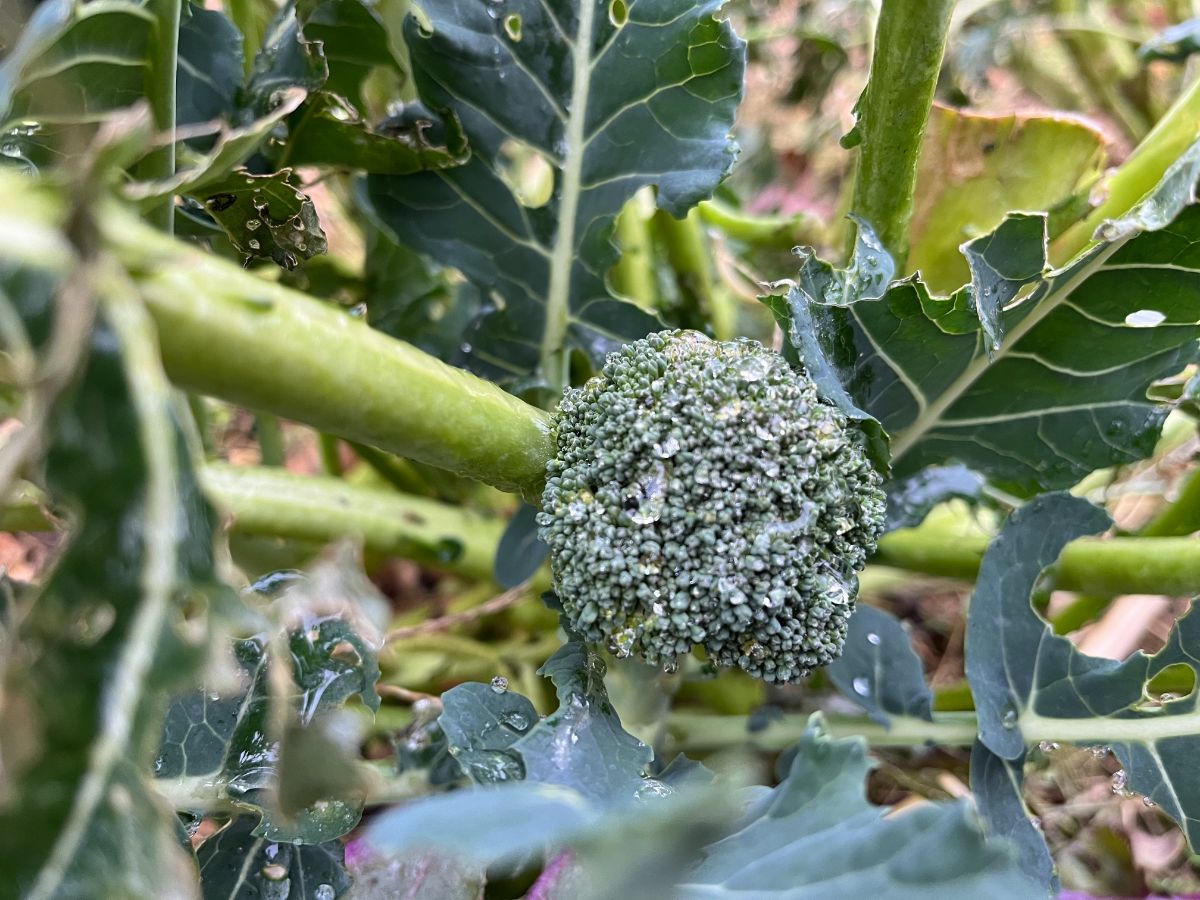
Most of the vegetables on this list will be in good condition through the first several frosts and often won’t really deteriorate until you get a really hard freeze. It’s not hard to tell when the vegetables are no longer good. They’ll break down and lose firmness and be slimy or begin to rot. If you’re not seeing that, you’re good to go (and eat sweet veggies!).
This happens at different temperatures and exposures for different vegetables. The ground and soil also help protect root vegetables, so for them, you have quite a bit of leeway into the late fall and possibly even into winter, depending on where you live.
Now that you know that sometimes frost can be your friend, let some things lie and take on a frost or two. You may just find you like the result—maybe even a lot better!

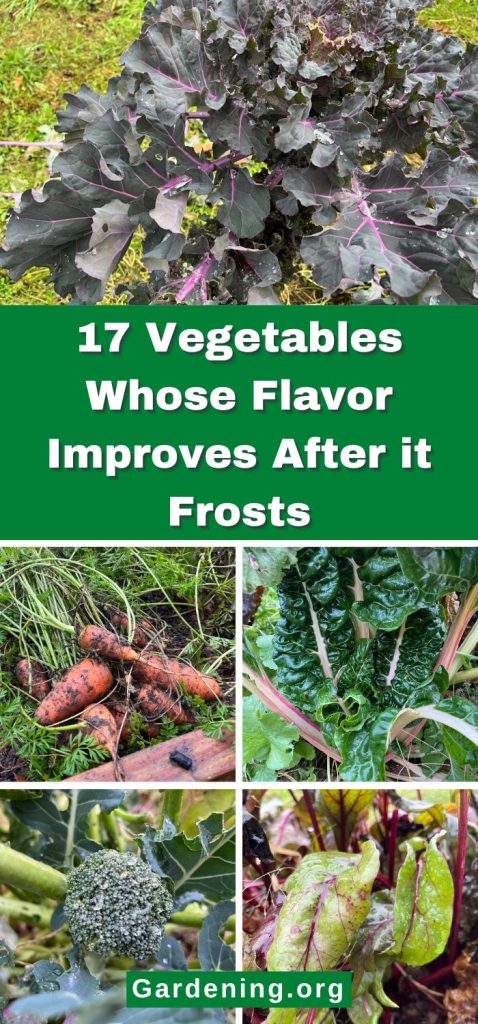
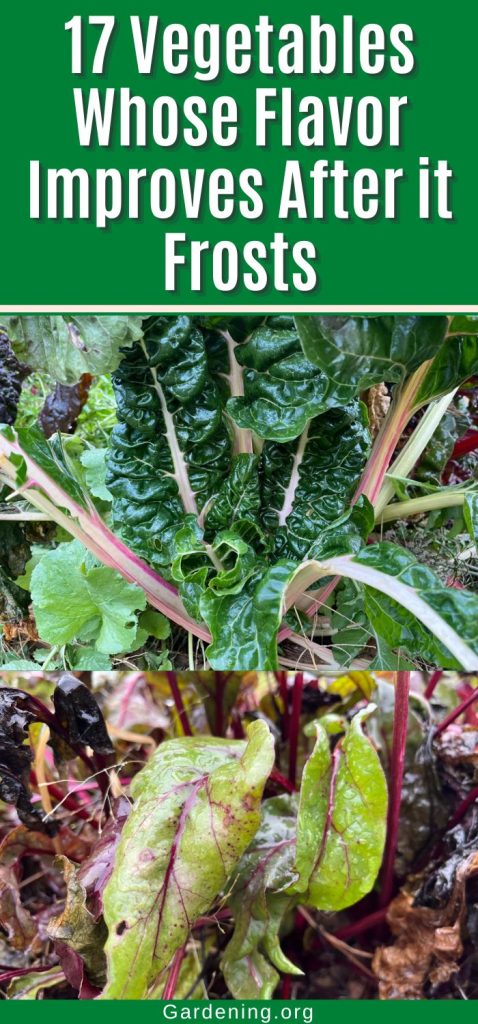
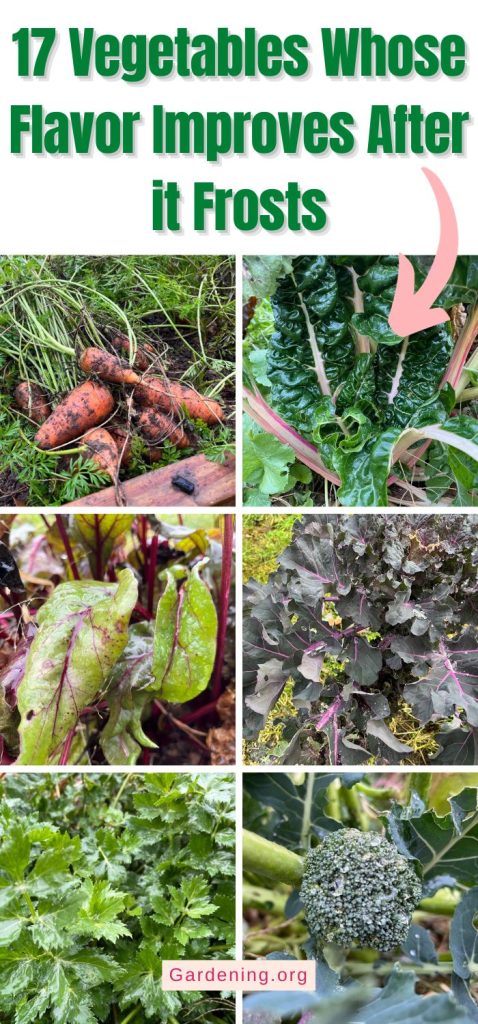
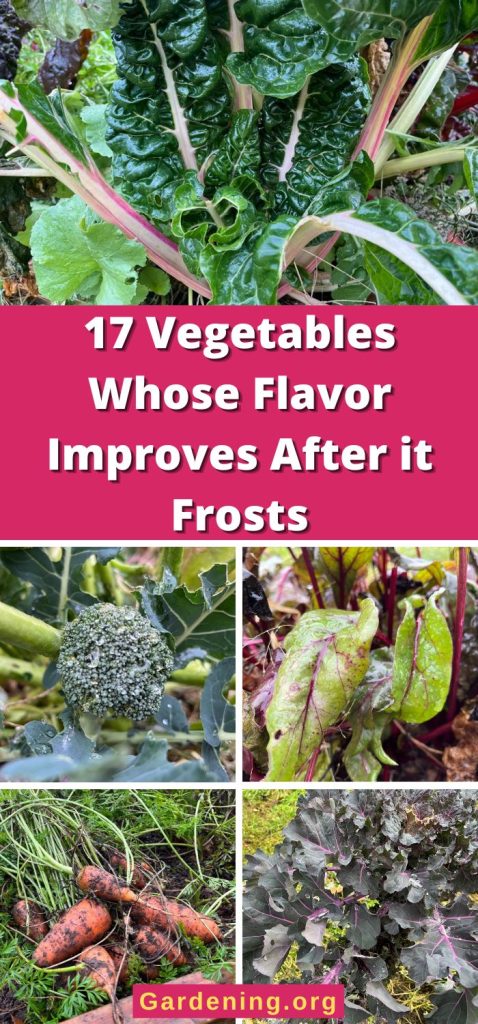
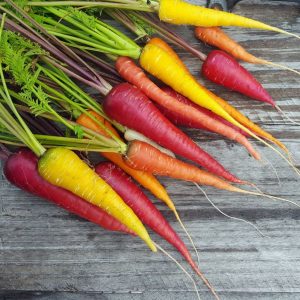
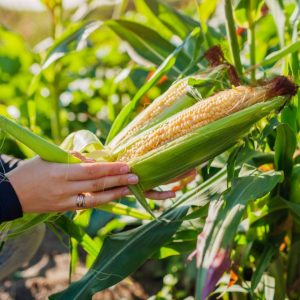
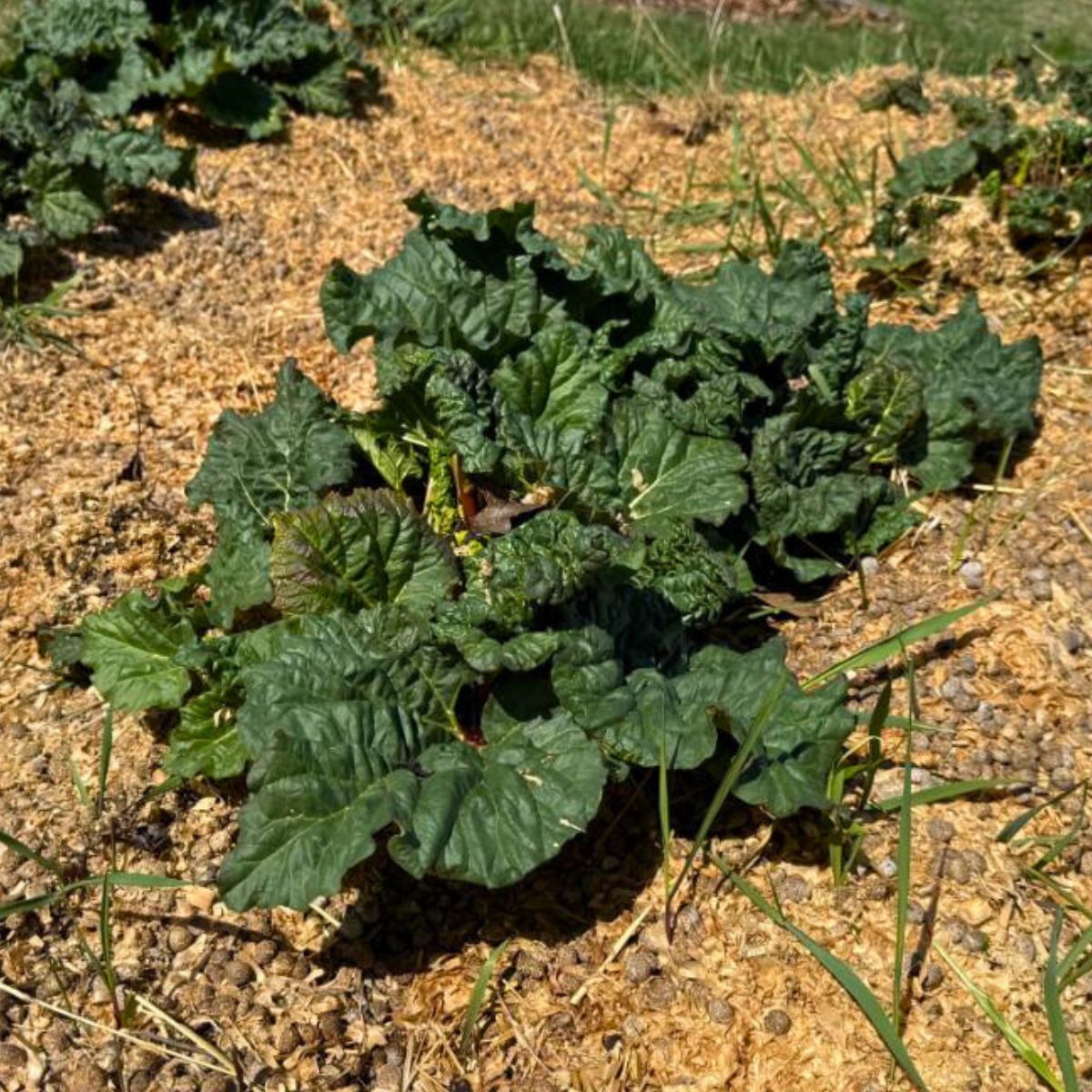
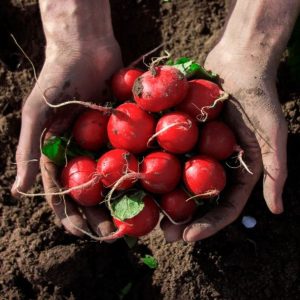
Mary.Coakley
Love getting your emails little nuggets of info